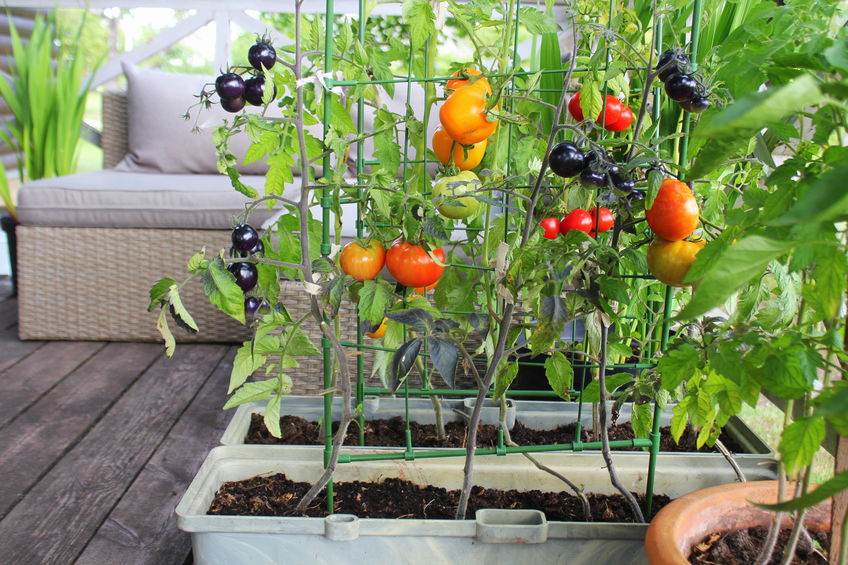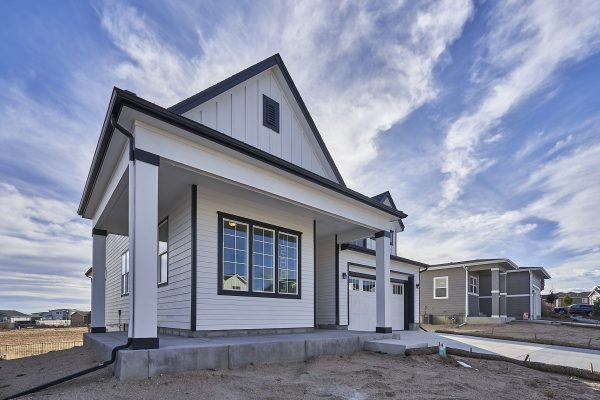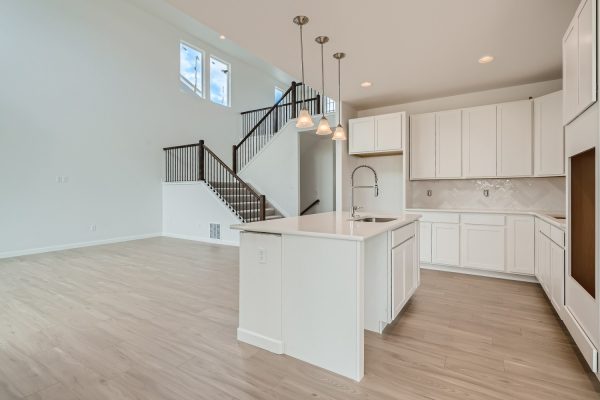We all need to eat our veggies, but imagine eating vegetables that you’ve grown in your own yard! With homegrown vegetables, you know exactly what’s gone into the growing process and they probably taste even better, even if it’s just the added seasoning of satisfaction in growing your own. If you’re moving into one of the Firestone CO new homes we’ve built, consider adding your own vegetable garden. Even beginners can easily grow a variety of vegetables, and this way, you never have an excuse not to eat your veggies.
First off, it’s important to know your growing zone so that you find the right vegetables for your environment. While Colorado ranges from 3A to 7A, the area around Firestone is more in the 5B-6A zone. You can check the USDA Plant Hardiness Zone Map to narrow it down to your own zip code.
Once you know what types of vegetables you can grow in your area, it’s time to choose which ones you want to try growing. It’s best to start off small with just two or three vegetables, particularly if you’re new to gardening, or if you’re new to the region and not as familiar with the weather and seasons. Plus, unless you have a large family or lots of friends to share with, more than five types of vegetables can be more than you really need.
Be sure to read the directions on your seed packets to ensure proper planting depth, spacing, as well as temperature, soil, sun, water and nutrients. You’ll also need to see if the seeds can be directly planted in the ground or if they need to start in plant pots first. If you’re planting a mixture of tall or vine-growing vegetables along with lower vegetables, such as lettuces, make sure the taller ones are planted in the north or west side of your plot so that they don’t keep the other vegetables in the shade.
Fortunately, especially when first starting out, you don’t need a large garden plot. If you’re only planting two or three vegetables to start, a plot that is 4’x4’ could be more than enough. Just make sure that the area you choose gets roughly six hours of direct sunlight a day. Depending on what you’re growing you could even start with container gardens on your patio, depending on the plant’s needs. Peppers, tomatoes, and berries are all great container plants. As you gain confidence, you can always expand the size of your plot. You can also take advantage of vine-growing vegetables, such as peas, cucumbers, and zucchini, and train them up various climbing structures to grow vertically, which not only saves space, but gives the plants better air circulation.
Rather than plant directly in the ground, many people create raised garden beds, because these make it easier to control the quality of the soil, which is vital. The best soil is a combination of half compost and half topsoil, though many gardeners will add in special plant food and even manure. Ideally, you want loose, well-drained soil. When it comes to watering, your garden typically needs about an inch of water a week. Soaker hoses and drip irrigation are among the best methods of watering your garden.
These are just a few tips to get you started on growing your own vegetables in your Firestone CO new homes. Make sure you use fresh seeds or healthy plants to start and give them enough space to grow, and soon you’ll be enjoying your own fresh vegetable bounty.
Tags: firestone CO, firestone co new homes, new homes in firestonCategorized in: Design Tips, Vegetable Gardening for Beginners
This post was written by Creekstone Homes






